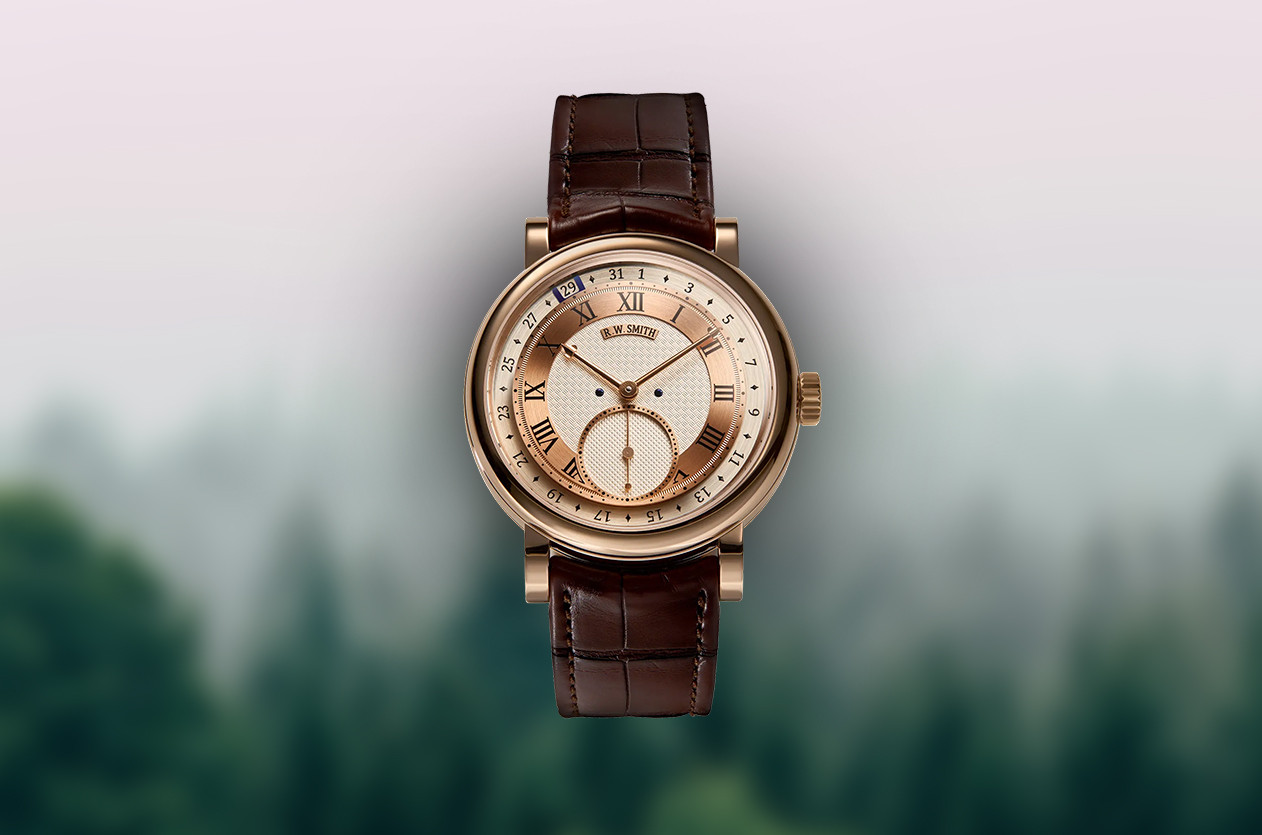
Introducing Roger W. Smith Unveils His Latest Masterpiece, Series 6
Welcome to the hub of the horoloy
The Largest Watch Market Poses Unprecedented Challenges for Swiss Brands
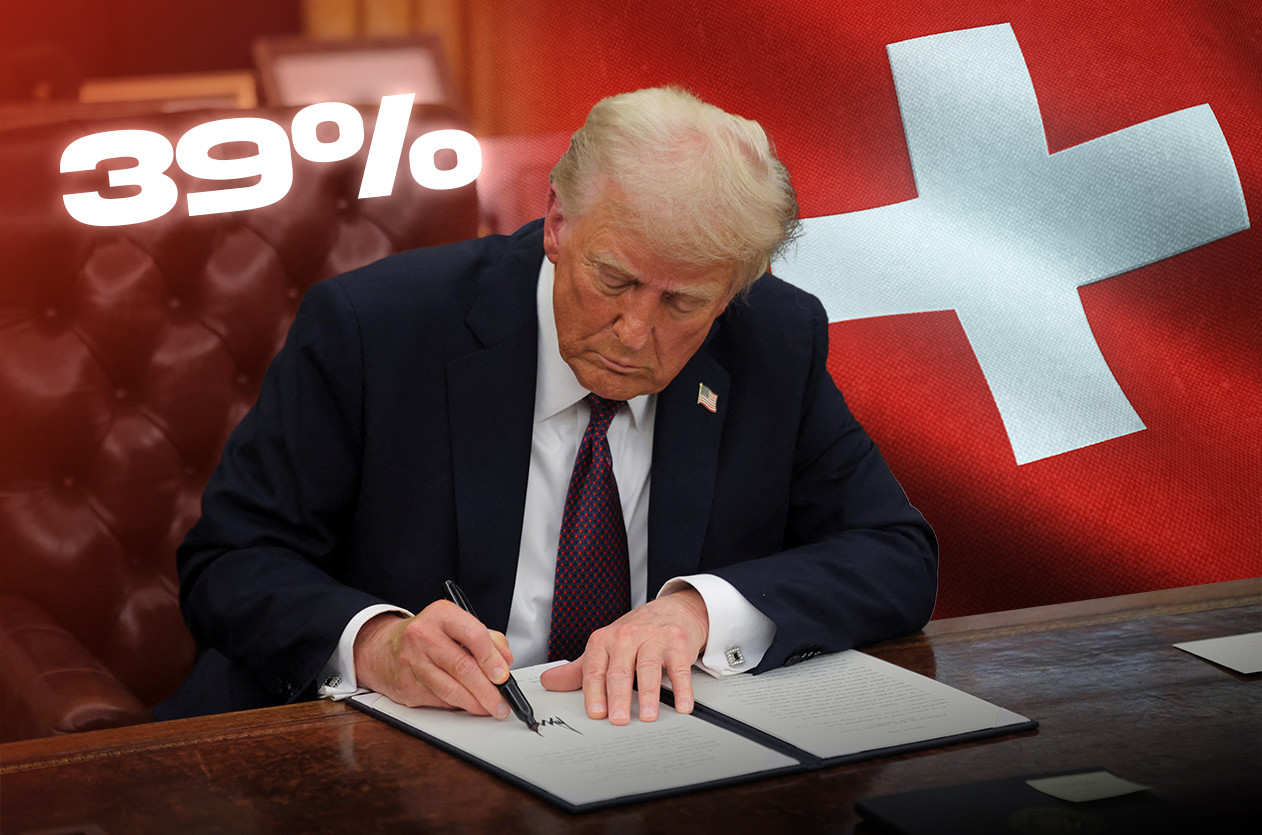
Back in early April, when President Trump first announced his reciprocal tariffs, including a 31% levy on Swiss goods, the Swiss watch industry, gathered in Geneva for Watches and Wonders, went into a collective state of alarm.
Initially, the U.S. set the tariff rate for Switzerland at 31% as part of a broader push to reshape global trade. Last week, however, the administration raised the threatened rate to 39%. These tariffs apply to all goods imported from Switzerland, including Swiss clocks and watches—a category that accounted for over $6 billion in U.S. imports in 2024.

During the 90-day pause that followed the announcement, when a temporary 10% tariff was in place. Brands, retailers, and dealers grappled with how to manage the new reality and what it would mean for consumers in America, the Swiss watch industry’s largest market.
With a 39% tariff layered on top of existing import duties and retail markups, the cost of bringing a Swiss watch into the U.S. could rise sharply. Distributors, retailers, and brands will have to decide whether to absorb the additional cost, reduce profit margins, or pass it directly on to consumers.
At 39%, the tariff on Swiss goods, excluding pharmaceuticals is among the highest in the developed world. By comparison, other watchmaking nations, including Japan and Germany (as part of the European Union), are facing U.S. tariffs of just 15%. The situation comes at a challenging time, with demand for Swiss watches in Europe and China already under pressure.
Most leading Swiss watch brands have raised their U.S. retail prices by between 3% and 10% in response to the initial 10% tariff. The question now is: how will they react if the full 39% rate is applied? We discussed this topic in a previous article.

Opinion Four Brands Poised to Steal the Spotlight at Geneva Watch Days 2025

News Trump Hits Swiss Imports With 39% Tariffs

News 6th Edition of Geneva Watch Days 2025
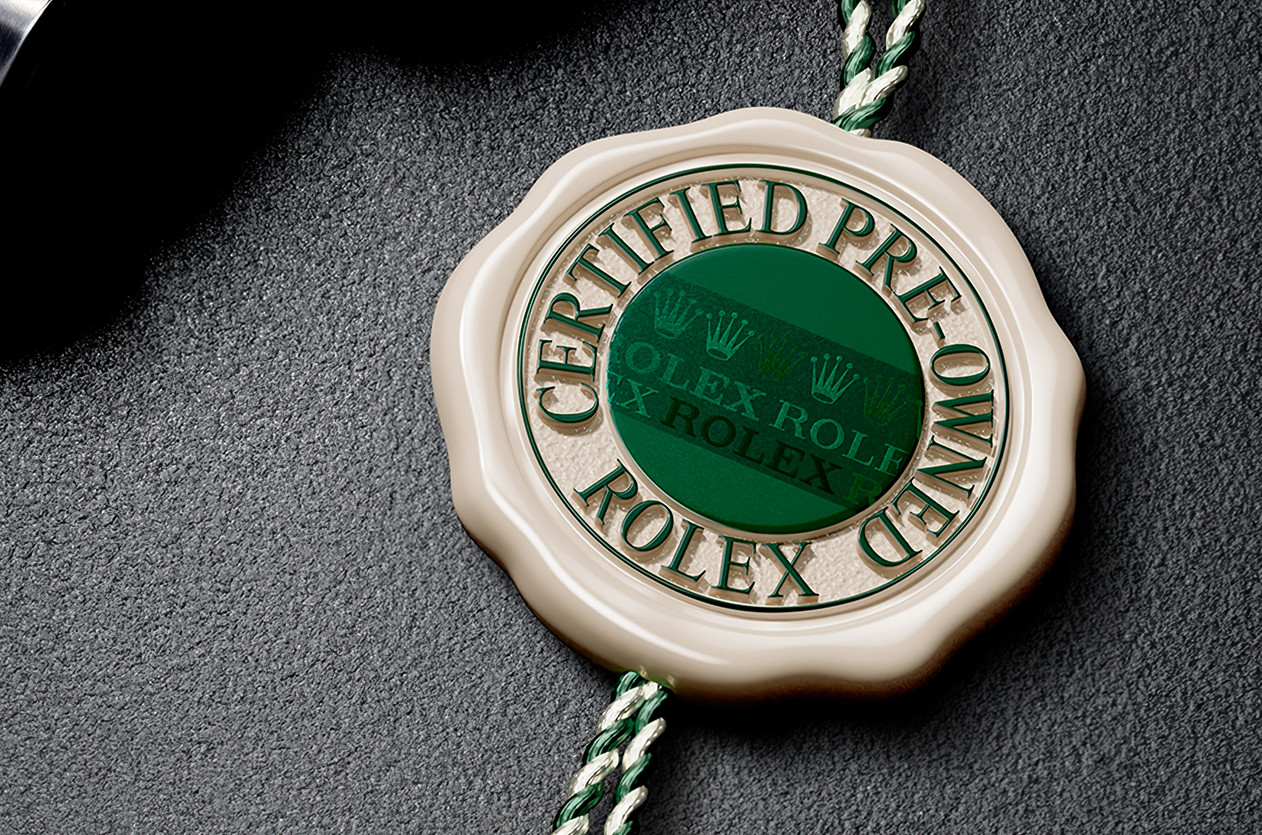
Editorial What is the reason behind the scarcity of Rolex watches in boutiques?

Introducing H992: A New Independent Brand Rising in Swiss Watchmaking

News Dubai Watch Week 2025 Will Be the Largest Ever with 90 Brands Participating

Technical The Frequency, Why It Matters in Mechanical Watches

Editorial The Secrets of Watch Case Design
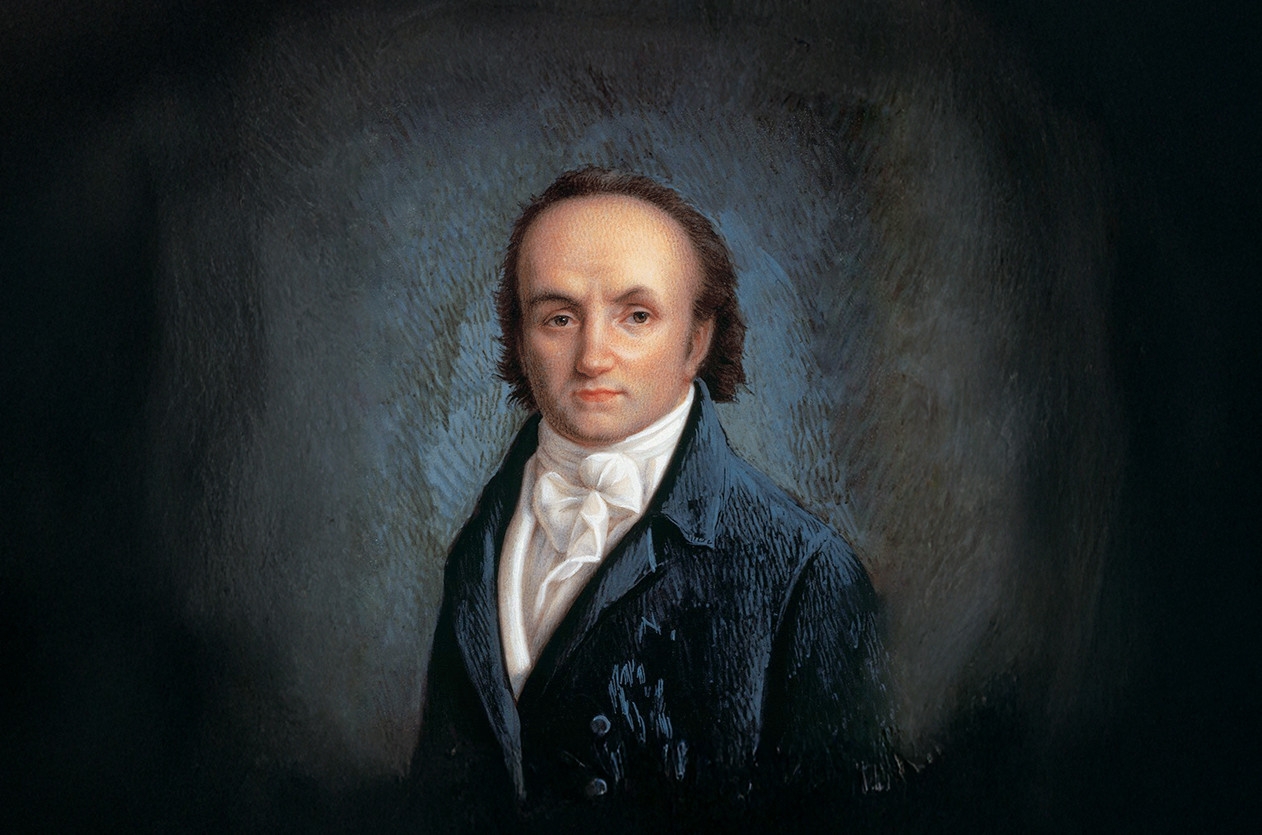
Editorial Abraham-Louis Breguet, The Father of Modern Horology
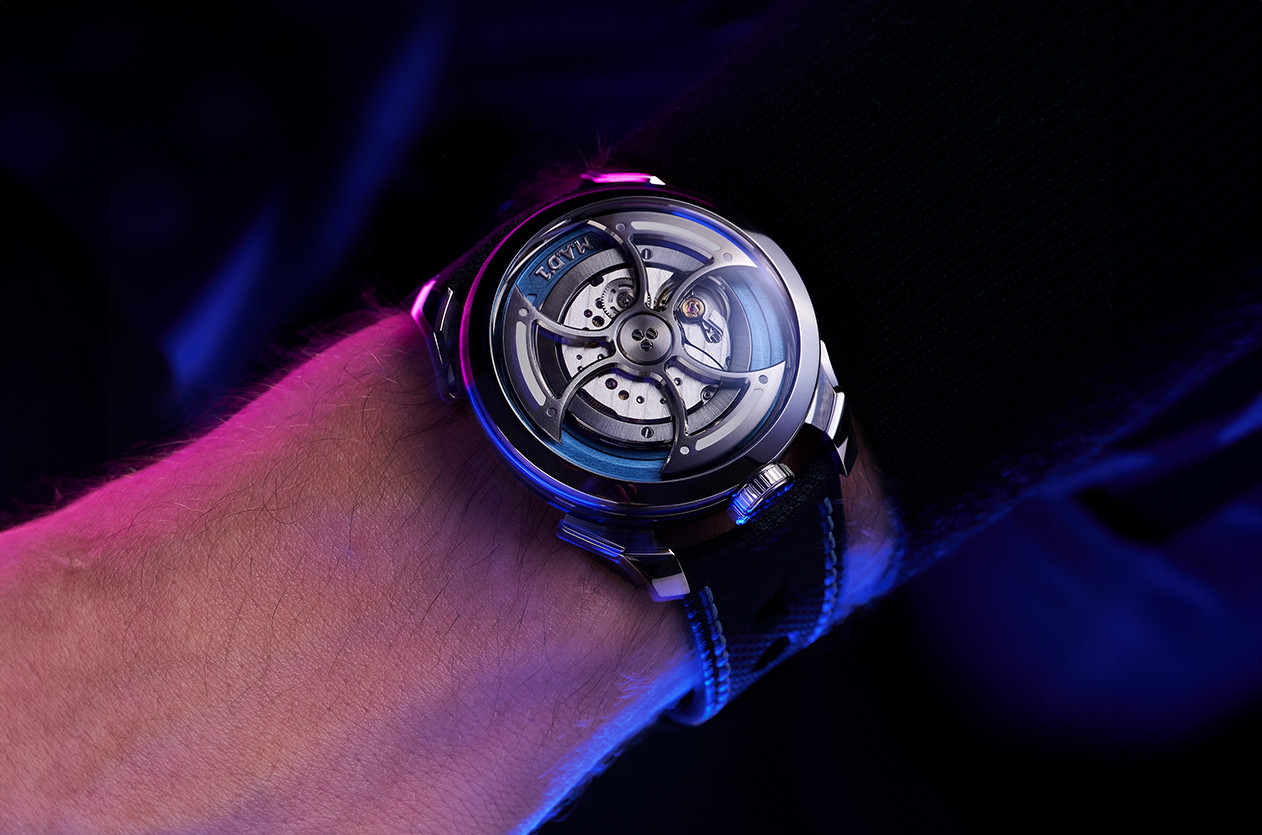
Introducing MB&F Unveils the New Generation of Its Famous Collection the M.A.D.1S
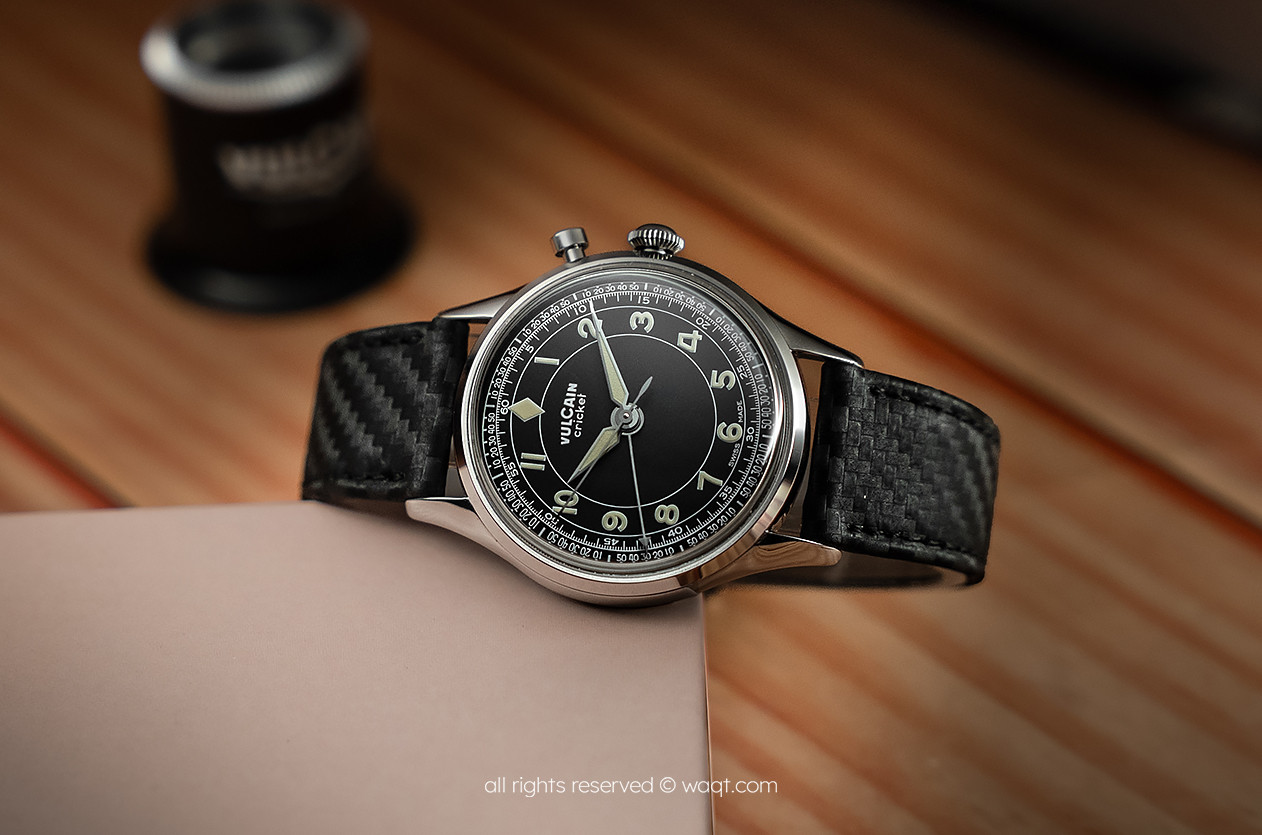
Hands on Vulcain Cricket Classic 39mm Black & Khaki
Comment Delete Text
This page is available in English only. Please click below to visit Arabic Home page!